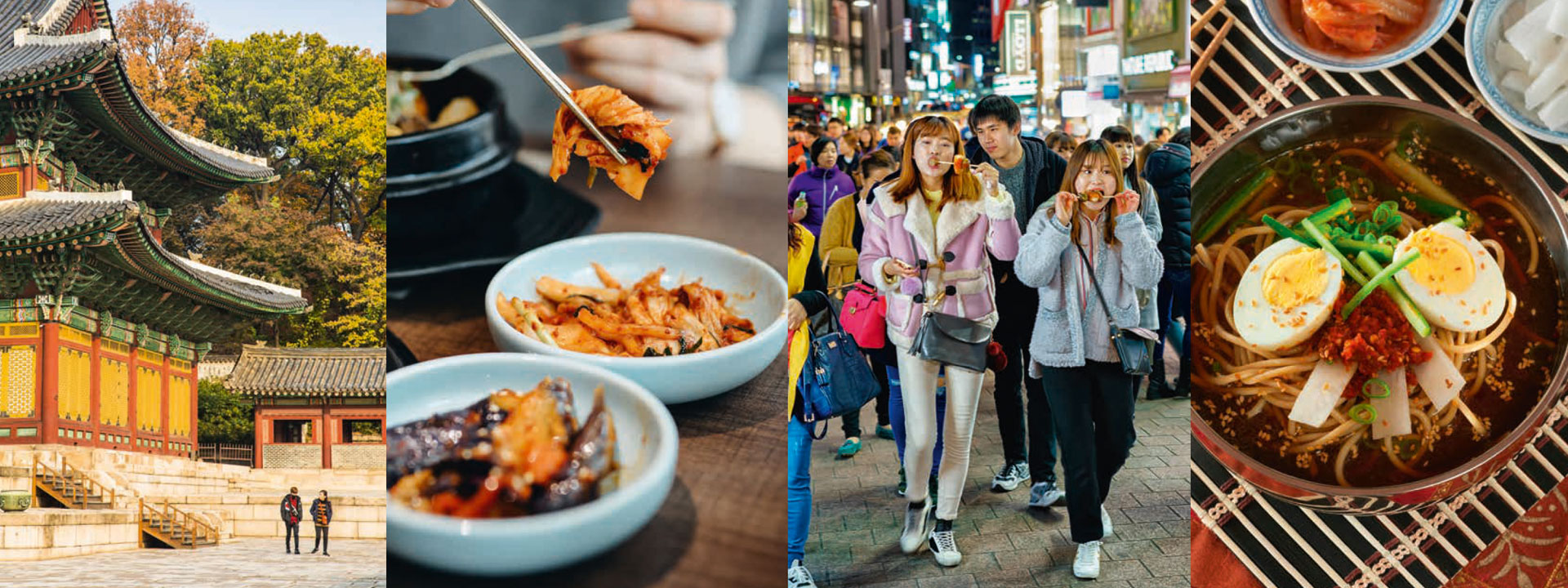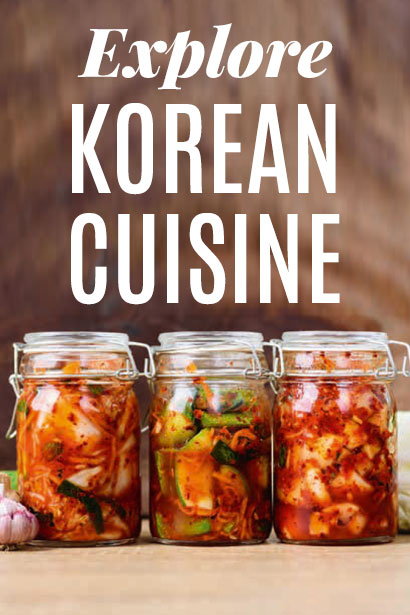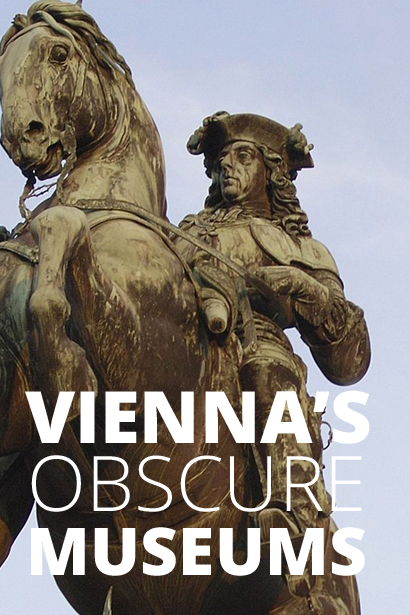

The Heart and Seoul of Korea
SELECT & REPLACE WITH ANOTHER TEMPLATE

Bulgogi Bibimbap
Korean Food Tour
Located in Samcheong-dong, a tourist district nestled beside Gyeongbokgung Palace, the most famous of Seoul’s five Grand Palaces, this particular bunsik-jeom (eatery that serves inexpensive food made from flour) is called Ppoung-nyon Ssal Nong-san or “good year for a rice harvest.” Operated by a team of friendly but reticent women, the venture started out as a rice mill before they decided to add cooked foods to their business 20 years ago. We get our items to go from the pick-up window, but inside, customers at round plastic tables devour the menu’s other childhood classics: tteokbokki (stir-fried rice cakes), twigim (deep-fried vegetables) and soondae (blood sausage). The eatery is full of nostalgia and completely unpretentious — it’s the type of culinary experience that endeared me to Seoul, the city I was born in, after I moved back from 17 years in the U.S. in 2009. While I grew up close to three Korean supermarkets in Queens, New York, my adolescence predated the current discourse about food and identity, and I had never seen Korean food as anything but a welcome staple in my diet. Only in desperately trying to make sense of home again did I make the connection between Korea’s complex history and its food culture.
SELECT & REPLACE WITH ANOTHER TEMPLATE

traditional Korean food from a street market in Jongno-gu district
A Look Back
With South Korea making international headlines for modern exports like smartphones, pop music and dramas, it’s easy to forget that the country has largely been rebuilt in just 80 years. Korean cuisine can be traced back thousands of years, but today’s dishes and dining have been shaped by decades of Japanese colonization (1910-1945), three years of crushing civil war (Korean War, 1950-1953) and the period of food insecurity that followed. Many generations of older Koreans still greet each other by asking if they’ve eaten — remembering a time when rice was rationed, meat was scarce and dining out was a luxury most couldn’t afford.
Yet, despite understanding how our own grandparents would disapprove of expensive coffees, my friends and I pick up 5,000-won lattes at Cafe Onion Anguk — a hanok (traditional Korean house) that’s been outfitted for French pastries and single-origin beans. Seoul is home to more cafes per capita than any other city in the world, and its food and beverage scene caters largely to Millennials and Zoomers. Born after the economic boom of the 1980s and bred in one of the most connected countries in the world, these generations are likelier to have traveled internationally, be wired to their phones and spend more on luxuries, data has shown.
SELECT & REPLACE WITH ANOTHER TEMPLATE

Gwangjang Market
Back Alley Bistros
Our next destination, Euljiro, showcases both Korea’s history and its evolution. An industrial neighborhood that’s recently been gentrified, its narrow back alleys are a repeating pattern of printing presses, lighting shops and hip bistros with wine pairings. It’s also home to some of the city’s oldest restaurants. Carefully peering into several restaurants, my friends and I consider our dinner options. There’s Sarangbang Kalguksu, a quaint, two-story joint dating back to the 1970s where you can still get a bowl of kalguksu (knife-cut noodles) served in chicken broth for 7,000 won. Or a small cluster of dining pubs called Golbaengi Alley, devoted to golbaengi-muchim (moon snails served with noodles in a tangy, red vinaigrette), where the delicacy is served with commercial soju (distilled Korean liquor) and beer. But perhaps the most tempting is Joseonok — a Korean barbecue spot dating back to 1937 that claims to be the country’s first. The aroma of the galbi (marinated beef ribs), cooked over an open fire for a charred sear and served bone-in, lingers in our noses. We finally settle on the perfect dish for the weather — Pyongyang-style naengmyeon (cold, buckwheat noodles) and bulgogi (thinly sliced, marinated beef) at Woolaeoak, a Seoul institution meaning “House of Return.” Founded by North Korean restaurateur Jang Won-il after he resettled here in the South in 1946, the business remains in the Jang family and still retains much of its old-school charm.
Upon entering, we’re led up a grand staircase to the second floor and seated at a heavy, wooden table opposite a group of smartly dressed church ladies. Authentic Pyongyang-style noodles are meant to be bland, enjoyed for texture rather than taste. But here, the star naengmyeon — a soft and chewy fistful of noodles in a chilled broth topped with thin slices of beef and tart slices of Korean pear — is sinfully flavorful. Gwangjang Market, one of South Korea’s oldest traditional markets, is right next door and we take the scenic route — past the silks and embroidered flowers in its custom hanbok (traditional Korean dress) section — toward dessert. Most of the stalls cater to tourists, but the quality of the food is forgiven by the market’s electric atmosphere. Fluorescent lights hang over prepped pyramids of gimbap — seaweed rice rolls filled with julienned vegetables and diced meats. Chimneys of smoke obscure the faces selling mandu (dumplings) as fresh batches are lifted from the stainless steel baskets. “Eat here, our food’s the best!” vendors shout out, but nothing is louder than the sizzle of bindaetteok hitting the hot pan of oil — transforming the ground mung bean batter to savory, fried pancakes.
SELECT & REPLACE WITH ANOTHER TEMPLATE

Korean street vendor making Hotteok
Discover the Hotteok
In the crowd, our side-by-side stroll becomes a single-file march as we approach Ssuk Jamae Chabssal Hotteok. Hotteok, a type of griddlecake with melted sugar filling, is a dish evolved from bing (Chinese flatbread). Brought over with Chinese migration in the 1880s, a sweetened variation of the bread grew in popularity when American foreign aid made flour and sugar plentiful after the Korean War. At our stall, we order three original hotteoks and step out into the street once they’re ready, giving the hot dough a chance to cool. Folded in half and served in a paper cup, the disc oozes a golden-brown syrup — a concoction of warm brown sugar, cinnamon and nuts.
Full from dessert and too tired to walk, I hail a cab on my Kakao T app — South Korea’s alternative to Uber — in spite of rush-hour traffic. The driver, a ruddy faced man in his 50s, hums along to Stevie Wonder on the radio as we wait for buses to pass and lights to change on Jongno Street. As the cab turns, we notice a pink, almost neon sunset past the main gate of Gyeongbokgung Palace and roll down our windows so we can take a photo. “Remember when we’d start our nights at this time?” I say to my friends, as we reminisce about being 26, dancing until dawn, drinking outside convenience stores and heading home after a breakfast of gamja-tang — a spicy, pork-back stew with potatoes and dried radish greens, often eaten to cure a hangover.
SELECT & REPLACE WITH ANOTHER TEMPLATE

bartender making a craft cocktail nightcap
Indulge in a Nightcap
We cap off our night in the lesser-known neighborhood of Naeja-dong, near exit 7 of Gyeongbokgung Station. People come here for the region’s hidden gems like Namusairo, The Hand and Malt Taproomand Tender Bar. Cobbler, one of my favorite places in the world, is here. A high-end whiskey and cocktail bar built into a hanok, its owner, Robin Yoo, is a pioneer in Korea’s cocktail community, whose work has helped expand Seoul’s mixology scene. Seating at most 20 people, the bar stocks top-shelf liquors from Europe, Japan and beyond, and serves a small slice of American cobbler with each cocktail. Robin — who I’ve known since I first moved back to South Korea — waves me over and, in a fun manner, scolds me for not having visited in so long. He spent part of his childhood living at the foot of Mount Jirisan, South Korea’s second largest mountain, which is located in the Gyeongsangnam-do region. He once told me that he built this particular bar — out of the rubble of a decaying hanok — as an ode to that mountainside home. My drink is a Grey Goose L’Orange topped with mascarpone cheese and a celery stick, called La Pomme Dulce. It’s far from traditionally Korean, but feels quintessentially Seoul: innovation fueled by nostalgia to the last drop.
Contact one of our travel agents today to plan your Korean vacation.
SELECT & REPLACE WITH ANOTHER TEMPLATE


